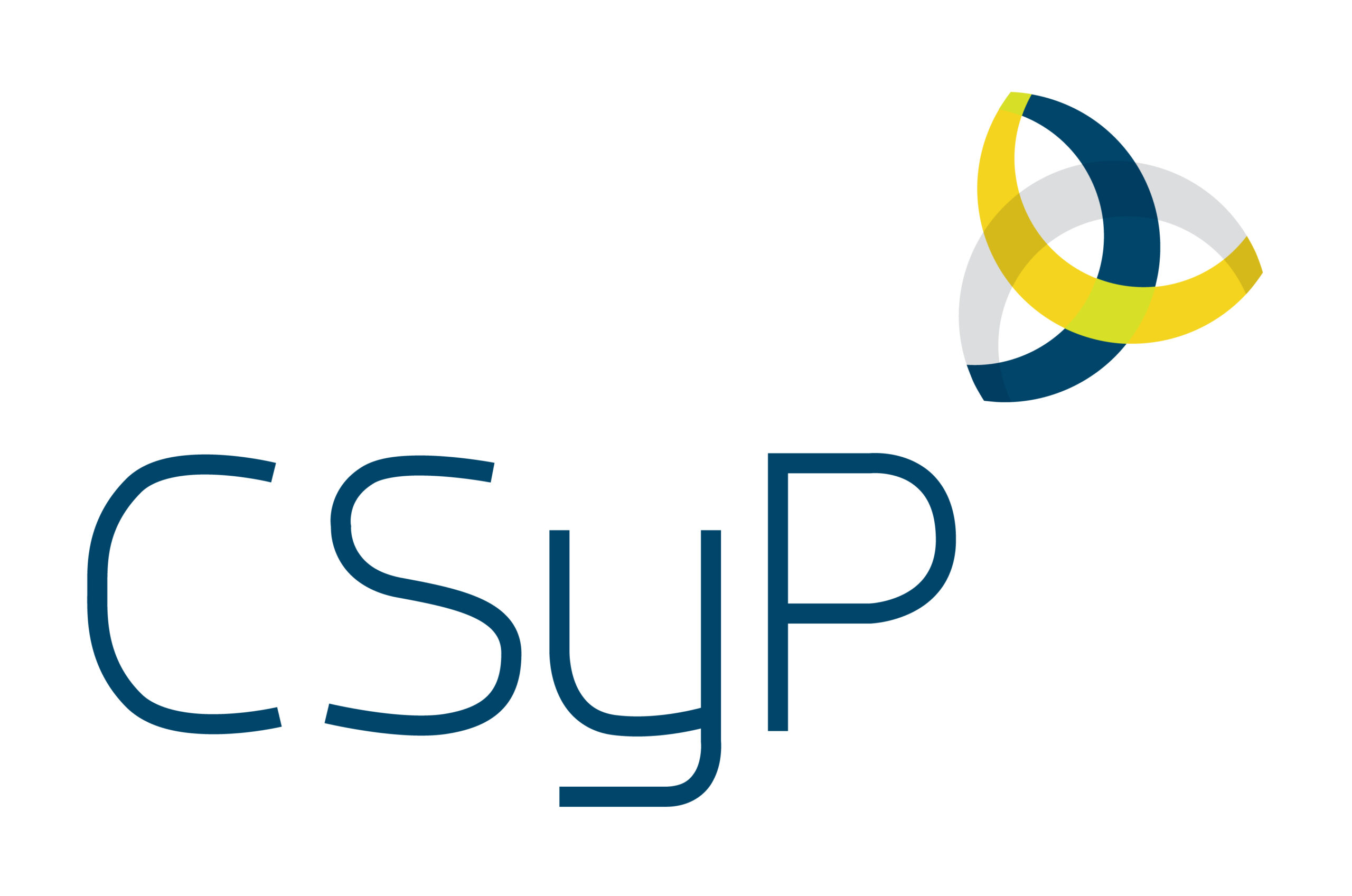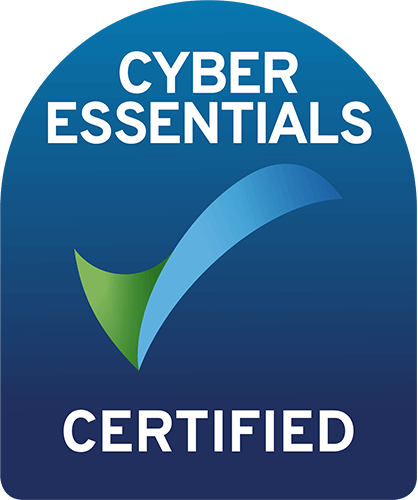This blog seeks to explore the ways in which a Physical Penetration Testing program can help to build a robust security posture, improve business resilience and increase financial growth.
Security and facilities managers often meet resistance when trying to implement a physical penetration testing program, this is partially because the negative implications of unauthorised access and the positive benefits on business resilience are not always understood by senior management and budget controllers. Many people have the ‘so what’ attitude, thinking ‘so what’, if someone enters our building, they might get a free lunch or steal replaceable items. The cost of making security improvements is not always considered worthwhile when balanced against the perceived business risks caused by an intruder.
To estimate this risk, it is imperative to understand the business-critical assets and processes and to identify the relevant threat actor types, their motivations, methodology, and capabilities and subsequently to identify the security vulnerabilities which the relevant threat actors could exploit. This can range significantly, for instance, in the case of the 2015 terrorist attack against staff at the Charlie Hebdo offices, Members of staff were murdered in retribution for printing satirical works insulting to Muslims. The terrorist threat actors had very different motives and capabilities compared to organised criminals or state-sponsored threat actors who might conduct commercial espionage or data theft where the aim is to infiltrate, obtain information, ideally persistently and not be detected.
This is where an ongoing Physical Penetration Testing program can add real value to a security strategy. For anyone new to the term, a Physical Penetration Test (sometimes called a Red Team) is a real-world assessment of the security vulnerabilities that would allow threat actors to enter a building and conduct steps which would cause harm, this might be theft of IP, data, or assets, harm to staff or reputational damage. A PPT is conducted covertly by specialists replicating the steps a relevant threat actor would take such as reconnaissance, social engineering, surveillance, lock bypass, infiltration and extraction without compromise.
An ongoing, strategically planned PPT program will aim to identify where the current security systems such as physical security, personnel, cyber and technical are working independently, leaving gaps, rather than providing a holistic approach. It will also provide metrics from which improvements and trends can be measured. Security officers are more likely to be proactive if they know that testing occurs and when combined with effective training and remediation programs addressing the results, a strong security posture will start to emerge. An initial program will require some strong governance, compliance, administration and planning which will have associated implementation costs, however once the program is underway and the most obvious vulnerabilities have been mitigated, it will focus on less expensive minor improvements which will have a significant ongoing impact and will play a large part in deterring hostile adversaries during their reconnaissance stage.
Whilst most data breaches stem from cyberattacks (over 2,300 in 2023), compared to 53 reported instances of reported physical breach, the impact of physical intrusions can be severe, particularly when combined with internal threats or social engineering, the potential for targeted physical intrusions emphasises the importance of comprehensive security strategies that address both digital and physical vulnerabilities and a comprehension of how they can be linked.
Analysis conducted by IBM X-Force indicates that once a single AI technology approaches 50% market share, or when the market consolidates to three or fewer technologies, the cybercriminal ecosystem will be incentivised to invest in developing tools and attack paths targeting AI technologies. With a high risk versus reward ratio, criminals will take the path of least resistance, which is often physical infiltration.
Physical access to a building provides an attacker a much larger attack surface and can lead to significant data exposure and financial loss in the following ways:
Theft of Sensitive Data or Equipment
- Direct Access to Servers or Workstations: When an unauthorised individual gains physical access to servers, network points, computers, or storage devices, they can steal sensitive data or install malicious software. This data may include intellectual property, customer and staff records, or financial information.
- Loss of Physical Assets: The theft of laptops, smartphones, hard drives, or storage devices containing sensitive data can lead to exposure if devices are not fully encrypted. This is very relevant to BYOD and remote working.
Insider Threats and Privileged Access Misuse
- Manipulating Internal Systems: Once inside a secured facility, attackers or malicious insiders can manipulate systems to extract data, disable alarms, or even disable security measures. Physical access can lead to misuse of systems that would otherwise be protected by cybersecurity measures.
- Credential Theft: Physical breaches often lead to the theft of employee credentials, ID badges, or security tokens. With these, attackers can impersonate authorised personnel to access systems remotely, leading to further data compromise.
Access to Backup Media
- Data Backup Vulnerabilities: Backup storage devices, hard drives, or cloud login credentials stored in secure locations are often key targets in physical intrusions. If these backups are compromised, entire databases of sensitive information could be exposed, leading to severe data breaches.
Financial Loss through Downtime and Fines
- Business Interruption: A physical breach can cause significant downtime, especially if critical systems are tampered with or rendered inoperable. Business operations may halt, leading to productivity losses.
- Regulatory Fines: Many industries are bound by strict data protection laws, like GDPR or HIPAA. Data exposure caused by physical breaches can result in steep fines or legal penalties.
Social Engineering and Physical Breaches
- Social Engineering to Facilitate Access: Unauthorised individuals may use social engineering tactics to gain access to secure areas by manipulating employees or security personnel, posing as repair staff or visitors. Once inside, they can exploit physical access to extract data, as physical security systems may be less robust than digital ones.
A serious threat actor will conduct reconnaissance before an attack, often both digitally and in person. This is the key opportunity for businesses to deter attackers by presenting a strong security posture. Such a posture will protect a business from threats but can also assist business productivity, and financial growth in several ways:
Reduced Downtime and Increased Productivity
- Prevention of Cyberattacks: A robust security posture reduces the likelihood of successful cyberattacks like malware, ransomware, or data breaches. When attacks are prevented, there is less downtime for systems, ensuring continuous operations and preventing disruptions.
- Streamlined Operations: Well-implemented security measures such as identity management and access controls streamline business processes by allowing secure, quick access to systems and data for authorised users, reducing bottlenecks.
Enhanced Trust and Customer Confidence
- Customer Retention: A strong security posture instils confidence in customers that their data is safe. This can increase customer loyalty, retention, and repeat business, as clients prefer to work with companies that protect their sensitive information.
- Business Reputation: Companies that demonstrate strong security are more likely to gain a competitive edge. A breach can damage a brand’s reputation, while consistent security practices build credibility in the marketplace.
- Compliance: Meeting regulatory and compliance requirements builds trust and ensures smooth operations.
Cost Savings
- Reduced Breach Costs: The cost of recovering from a data breach can be astronomical, with expenses related to recovery, legal liabilities, and loss of customer trust. A strong security posture minimises the risk of breaches, leading to long-term financial savings.
- Lower Insurance Premiums: Companies with stronger security can benefit from lower premiums on cyber insurance, as they are seen as lower risk by insurers.
Innovation and Agility
- Secure Innovation: A strong security posture allows businesses to adopt new technologies (such as cloud computing, AI, or IoT) securely. This flexibility supports innovation, enabling companies to quickly scale operations, launch new products, and tap into new markets.
- Collaboration: With secure systems, companies can confidently collaborate with partners, suppliers, and remote workers without compromising their security, enabling more agile business models.
Long-term Financial Growth
- Investment Appeal: Businesses that demonstrate strong security are more attractive to investors. They appear lower risk, more reliable, and better positioned for long-term success.
- Revenue Generation: Companies can also leverage their security as a unique selling point, especially in industries where data protection is a priority. Customers may be willing to pay a premium for services from a company that prioritises cybersecurity.
- Reduced Legal and Compliance Costs: Avoiding the financial and reputational costs of non-compliance with data protection laws reduces the risk of regulatory fines and legal disputes, which directly impacts the bottom line.
Conclusion:
Unauthorised physical access literally opens the door to multiple threats. The financial losses associated with breaches are extensive, not only due to data recovery costs and downtime but also from legal consequences, regulatory fines, and damaged reputations. By implementing a PPT program which continually assesses vulnerabilities from beyond the perimeter to the heart of the organisation, businesses can improve their security officer capability, staff security awareness, deter potential attackers, and mitigate physical and procedural vulnerabilities before a threat actor can exploit them. This improved security posture will in turn lead to business resilience, increased productivity, enhanced financial performance and long-term business growth.









